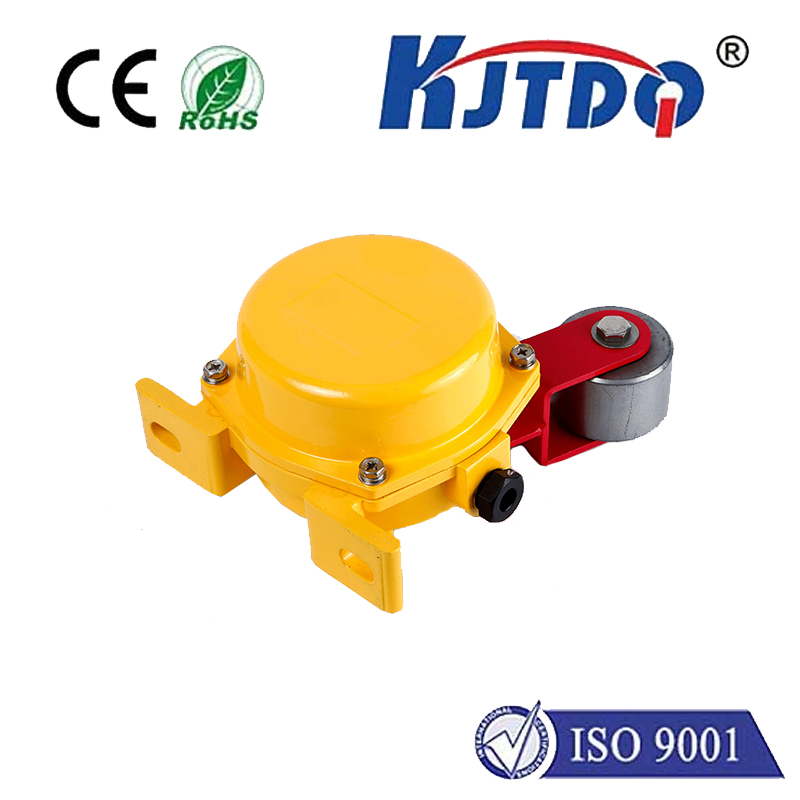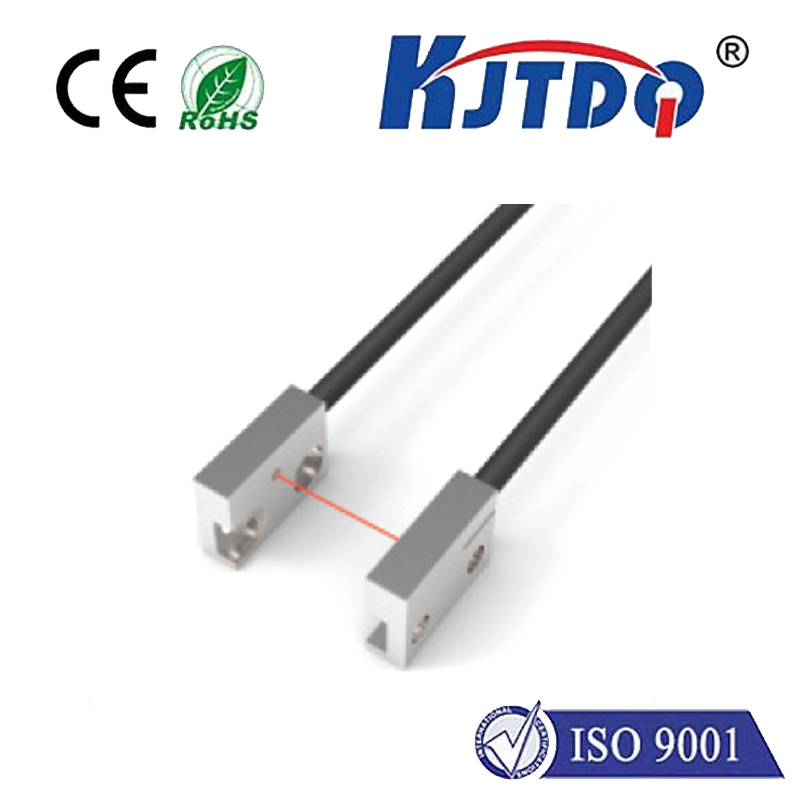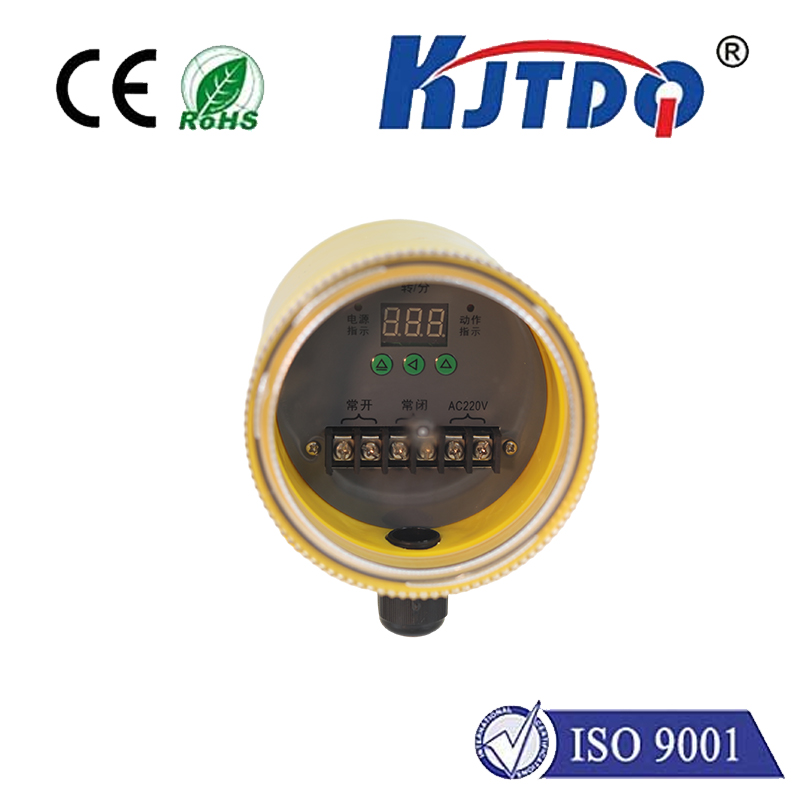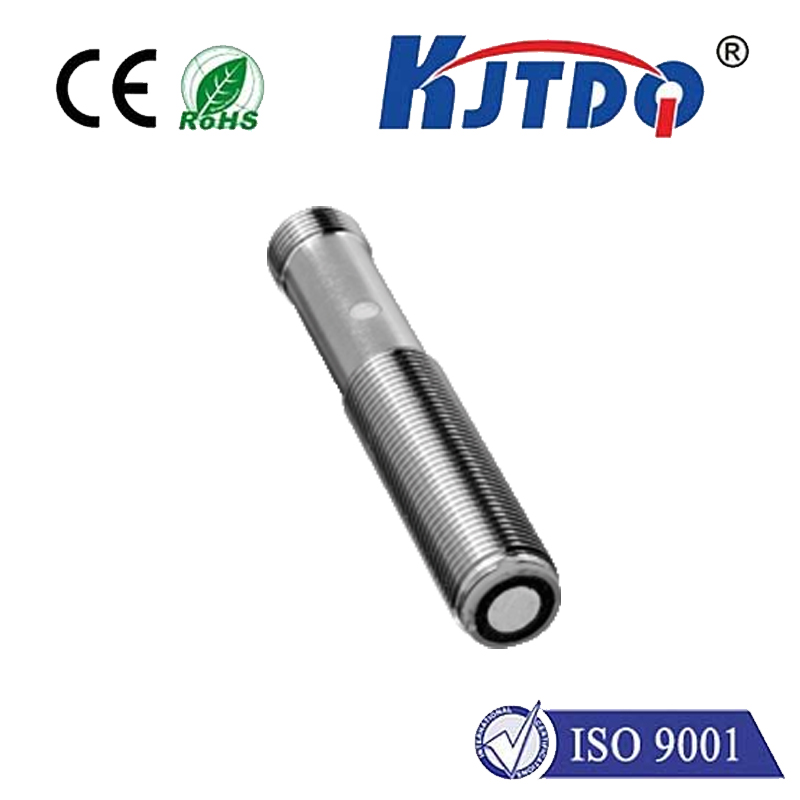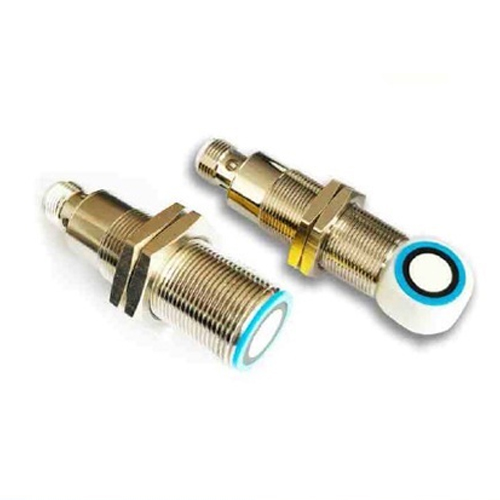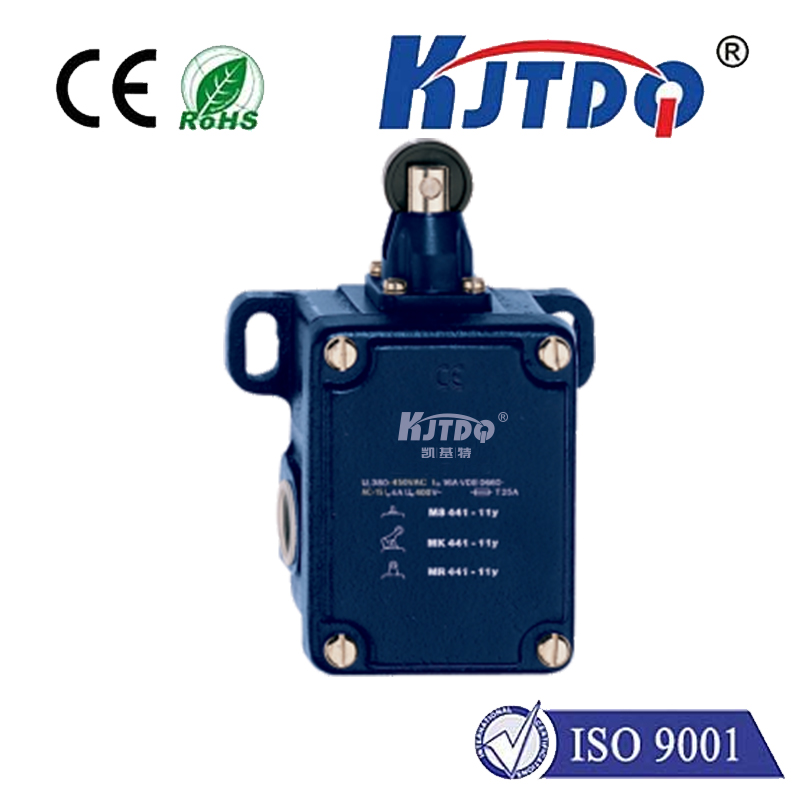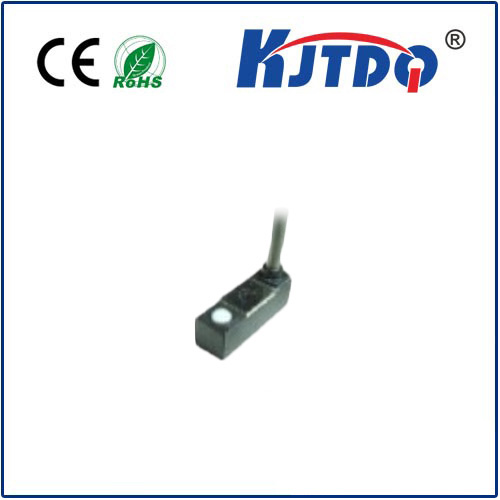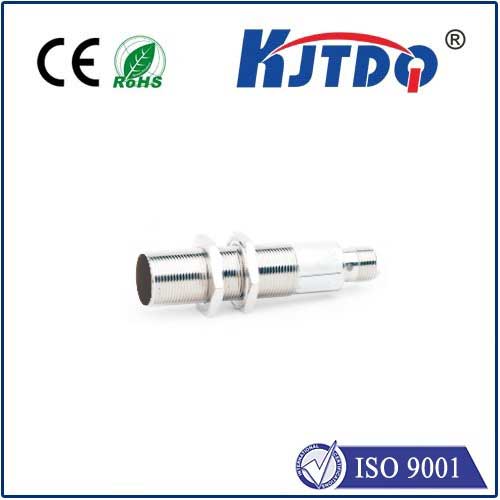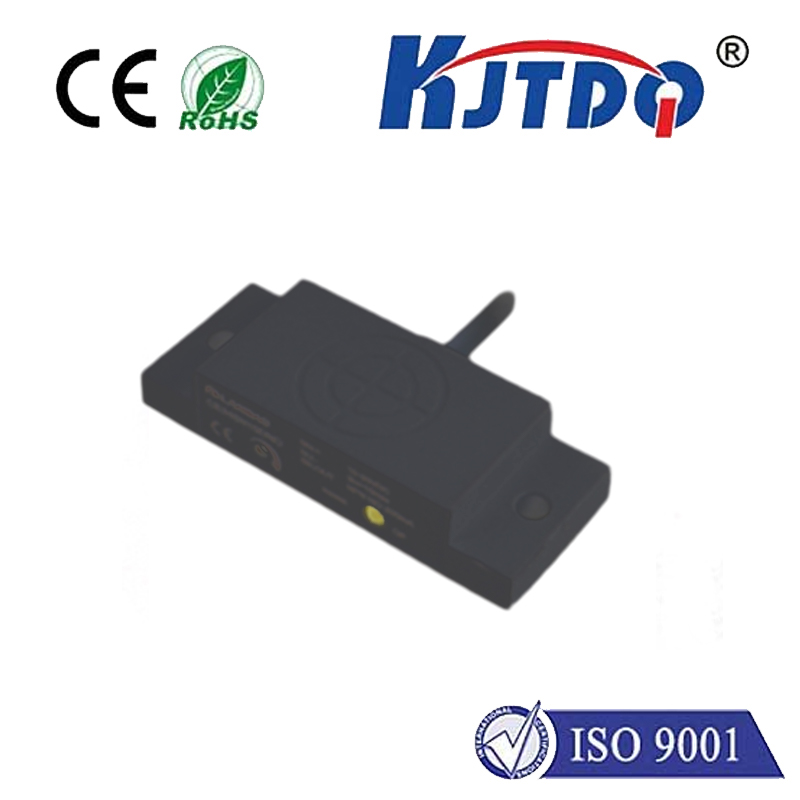telemecanique proximity sensor
- time:2025-07-01 14:16:31
- Click:0
Maximizing Automation Efficiency: The Smart Choice for Telemecanique Proximity Sensors
In the relentless pursuit of optimized production lines, minimized downtime, and enhanced machine safety, the unsung heroes are often the components sensing the heartbeat of the operation. Among these critical devices, Telemecanique proximity sensors stand out as a cornerstone of reliable industrial automation. Choosing the right sensing technology isn’t just about detection; it’s about precision, durability, and seamless integration – factors where Telemecanique consistently excels. So, why do engineers and facility managers globally trust these sensors to keep their processes running smoothly?
Understanding Telemecanique Proximity Sensors: Beyond Basic Detection
Telemecanique, a flagship brand within the Schneider Electric portfolio, designs and manufactures a comprehensive range of industrial control components, with proximity sensors being a core competency. These devices detect the presence or absence of a target object without physical contact, typically using inductive, capacitive, or magnetic principles. This non-contact operation is fundamental to their reliability and long service life, eliminating wear and tear common in mechanical switches.
Telemecanique sensors are engineered for the harsh realities of industrial environments. They offer exceptional resilience against common challenges:
- Extreme Temperatures: Functioning reliably in both freezing cold and scorching heat.
- Vibration & Shock: Maintaining performance even on heavy machinery.
- Dust, Dirt & Liquids: Featuring high IP ratings (IP67, IP68, IP69K) for protection against ingress, critical in washdown environments or dusty workshops.
- Electrical Noise: Robust design minimizes interference from surrounding motors or drives.
How Telemecanique Proximity Sensors Work: Precision in Action

The most common type is the inductive proximity sensor. Here’s the essence:
- Generating the Field: An internal oscillator generates a high-frequency electromagnetic field radiating from the active face of the sensor.
- Target Interaction: When a conductive metal target (like steel, aluminum, brass) enters this field, eddy currents are induced within the target.
- Damping Effect: These eddy currents draw energy from the sensor’s oscillator circuit, causing it to dampen or reduce in amplitude.
- Signal Processing: The sensor’s internal circuitry detects this amplitude change.
- Output Switching: Once the damping reaches a predefined threshold, the sensor’s solid-state output switch (PNP or NPN) changes state (e.g., turns ON or OFF).
Capacitive sensors operate on a similar principle but detect changes in capacitance, allowing them to sense non-metallic materials like plastics, wood, or liquids. Magnetic sensors specifically detect permanent magnets.
Key Advantages Driving Choice: Why Telemecanique?
Beyond basic detection, Telemecanique proximity sensors deliver tangible benefits that impact the bottom line:
- Unmatched Reliability & Longevity: Built with quality materials and stringent manufacturing, they offer exceptionally long service life, reducing replacement costs and maintenance headaches.
- High Switching Frequencies: Capable of detecting rapidly moving objects, essential for high-speed production lines.
- Repeat Accuracy: Providing precise and consistent detection points, critical for quality control and positioning tasks.
- Diverse Mounting Options: Flush, non-flush, and specialized designs ensure flexibility for any installation challenge.
- Wide Range of Form Factors & Connections: From compact cylindrical M8/M12 sensors to block-style sensors and various connection types (cable, connector), fitting diverse spatial constraints.
- Advanced Diagnostics (SMART Sensors): Many modern Telemecanique sensors feature IO-Link capability. This not only transmits the simple ON/OFF signal but also provides valuable diagnostic data (operating health, temperature warnings, switch point adjustments remotely) enabling predictive maintenance strategies.
- Global Support & Availability: Backed by Schneider Electric’s extensive global network, ensuring support and supply chain resilience.
Diverse Applications: Where Telemecanique Sensors Shine
The robustness and versatility of Telemecanique proximity sensors make them indispensable across countless industries:
- Factory Automation: Position sensing on conveyors, presence detection for robotic arms, part counting, end-of-stroke detection on cylinders, machine guarding.
- Packaging Machinery: Verifying carton presence, controlling filling levels, detecting labels, monitoring cap placement.
- Material Handling: Monitoring pallet position, detecting objects on lifts or AGVs (Automated Guided Vehicles), controlling sorting gates.
- Automotive Manufacturing: Precise component positioning on assembly lines, robot guidance, weld gun confirmation.
- Food & Beverage Processing: Detection of containers (glass, plastic, metal) on filling lines, ensuring proper lid placement, suitable for washdown areas (IP69K).
- Printing & Paper: Web break detection, roll diameter monitoring, sheet counting.
Choosing the Optimal Sensor: Matching Needs with Features
Selecting the right Telemecanique proximity sensor involves considering several factors:
- Detection Principle: Metal object? Choose Inductive. Non-metal? Choose Capacitive. Need magnet detection? Choose Magnetic.
- Sensing Range: What distance does the target need to be detected from? Ensure the rated operating distance meets the application needs.
- Target Material & Size: The composition and size of the target object influence inductive sensor performance; smaller targets require sensors with shorter ranges.
- Environmental Conditions: Assess the level of dust, moisture, temperature extremes, and potential chemical exposure to select the appropriate housing material and IP rating.
- Electrical Requirements: Voltage supply (12-24V DC, 110-230V AC), output type (PNP/NPN, NO/NC), and current rating must match the control system.
- Physical Constraints: Available mounting space dictates the size and shape (cylindrical, rectangular block).
- Connectivity: Standard cable/connector or the advanced diagnostics of IO-Link?
Telemecanique sensors offer a broad portfolio – from the ultra-reliable XS range, known for its robustness in challenging environments, to the feature-rich XU range with IO-Link capabilities – ensuring there’s an optimal solution for virtually every industrial detection requirement.
Investing in Detection Excellence
In an industrial landscape demanding peak efficiency, uncompromising safety, and predictive intelligence, settling for basic components is no longer viable. Telemecanique proximity sensors represent a proven investment in operational excellence. Their legendary durability, precision detection capabilities, adaptability to harsh conditions, and integration with Industry 4.0 diagnostics through technologies like IO-Link make them far more than simple switches. They are intelligent components that deliver continuous, reliable feedback – the essential data required to drive smarter decisions, prevent costly downtime, and ensure processes run at their absolute best. Choosing Telemecanique means choosing a partner for long-term automation success, where every detection event is guaranteed with unwavering confidence.






